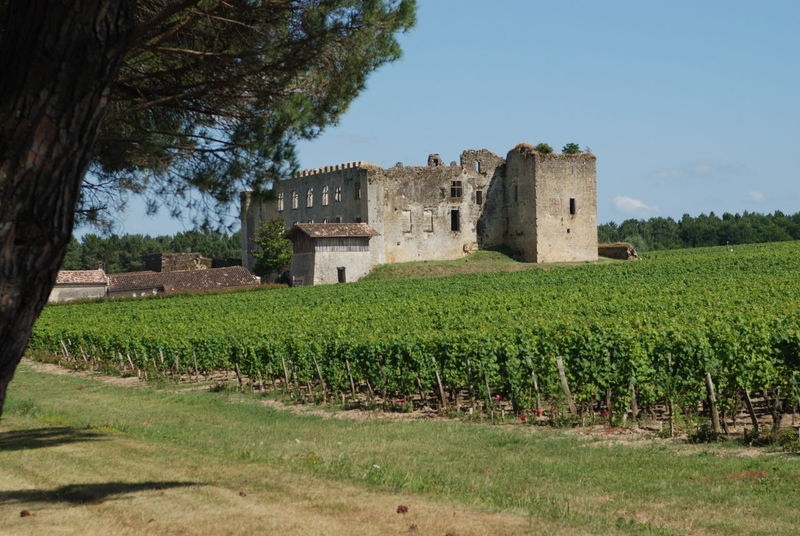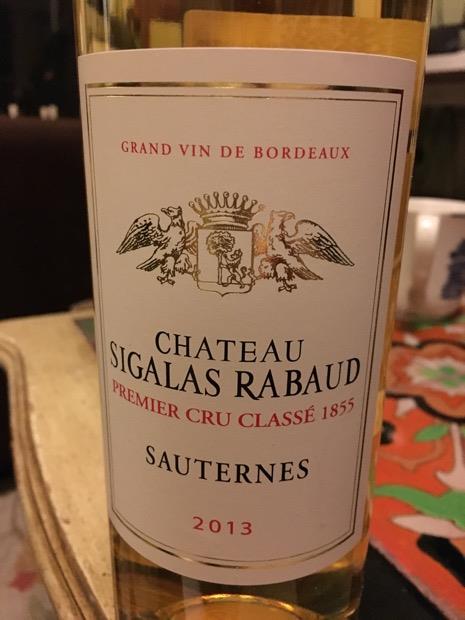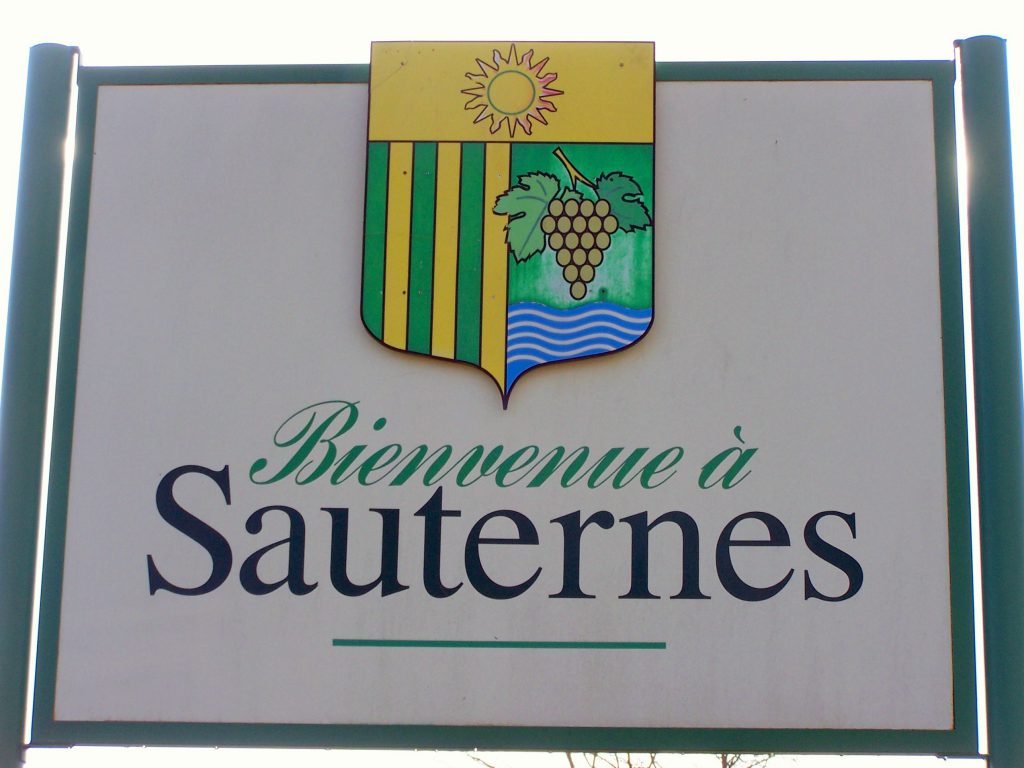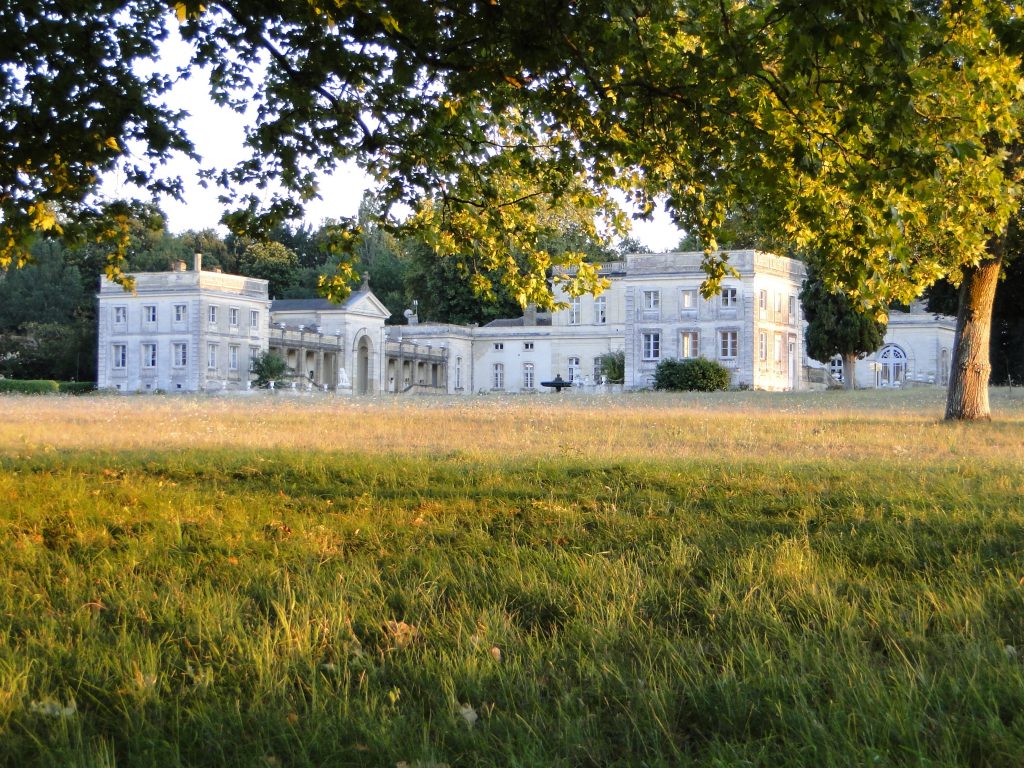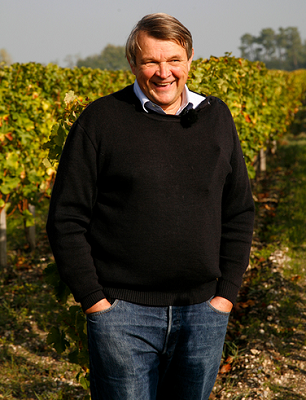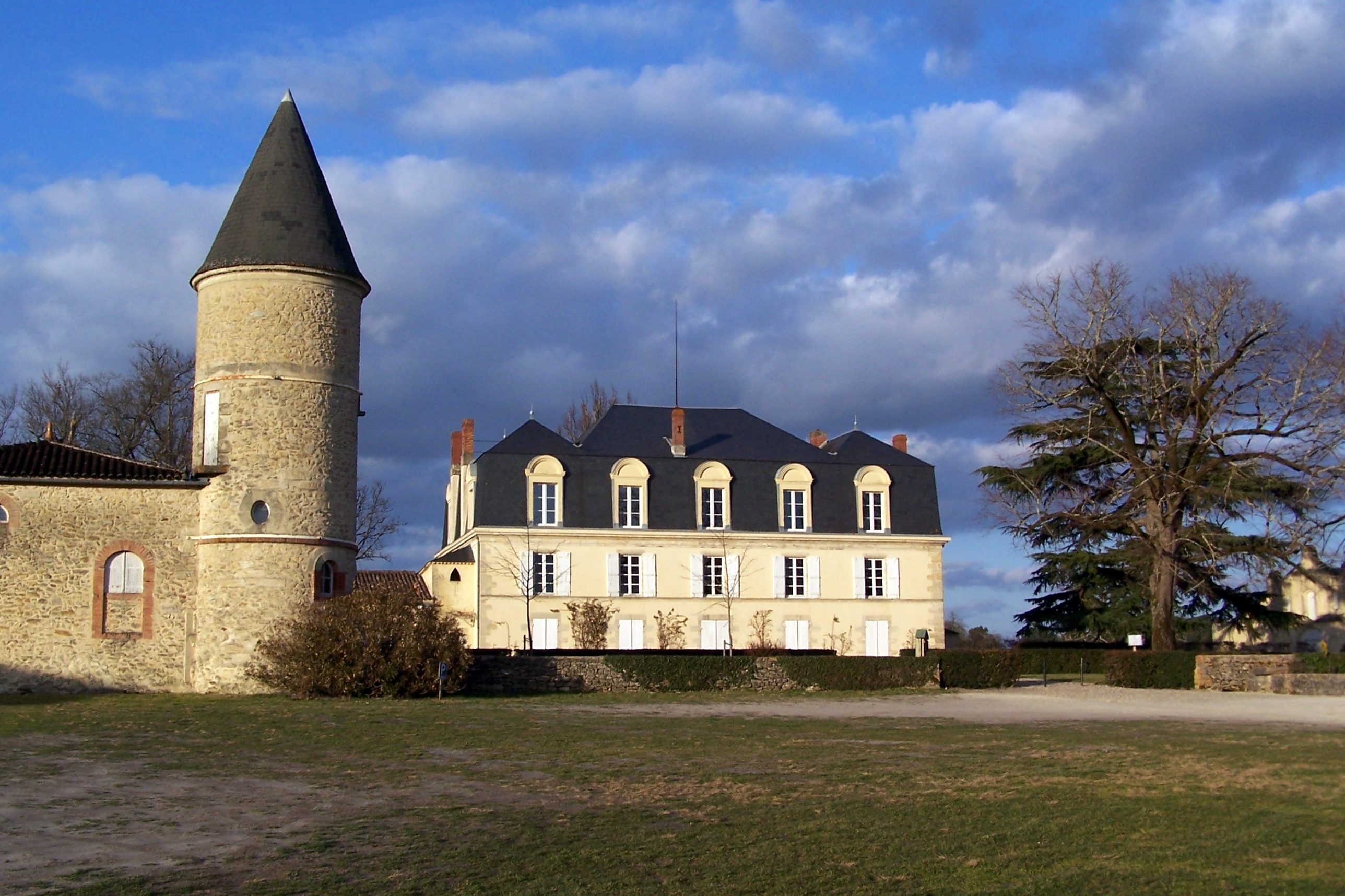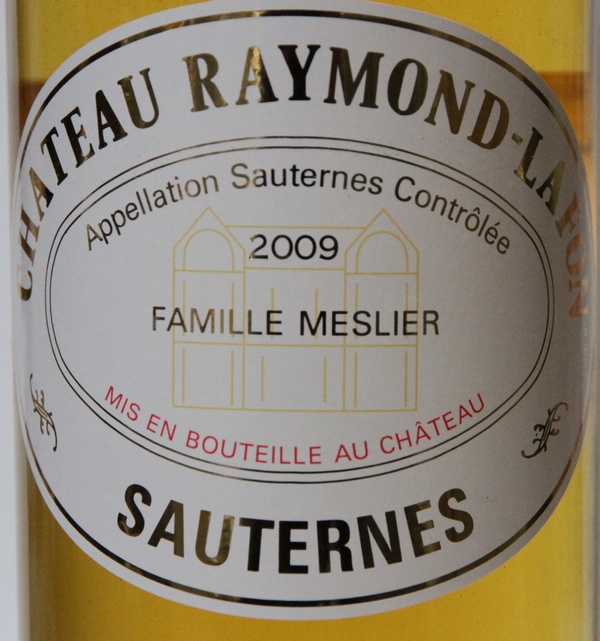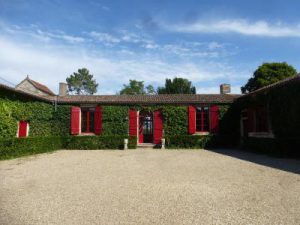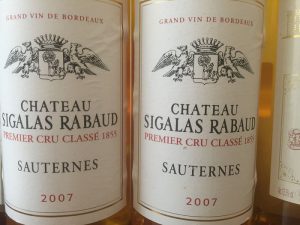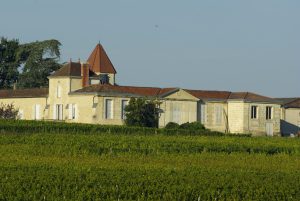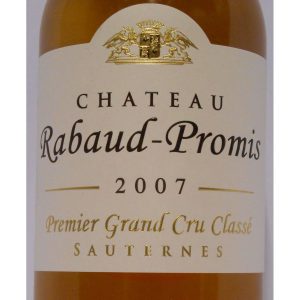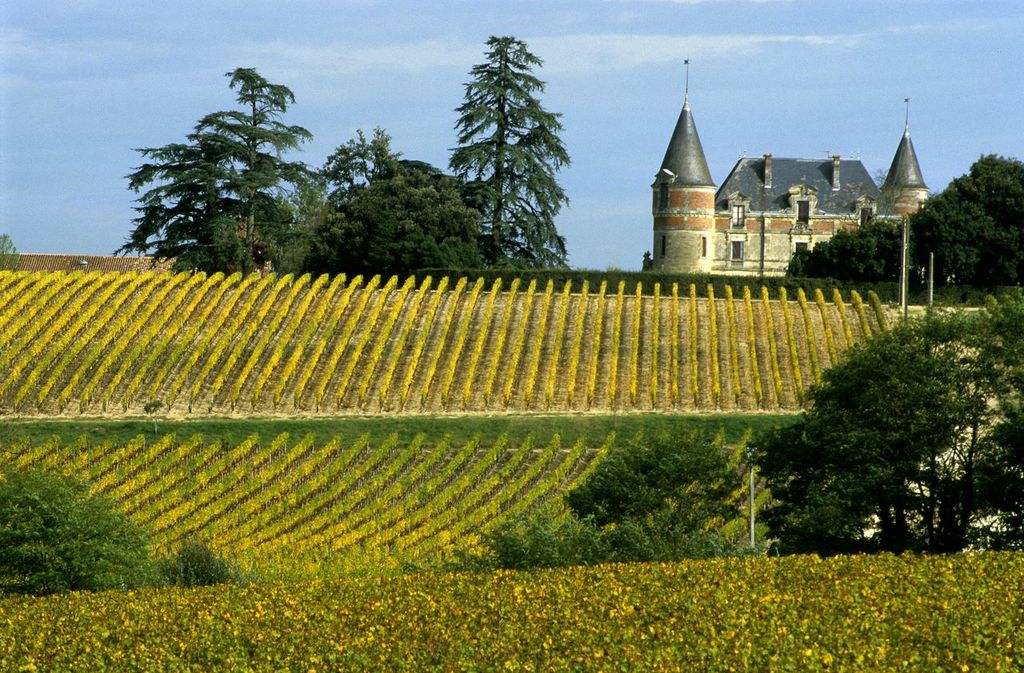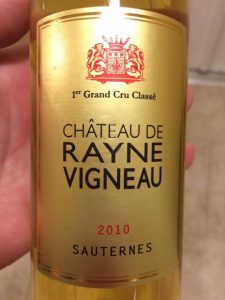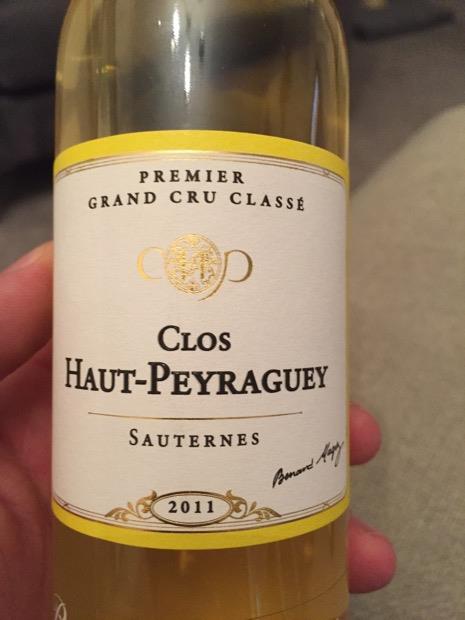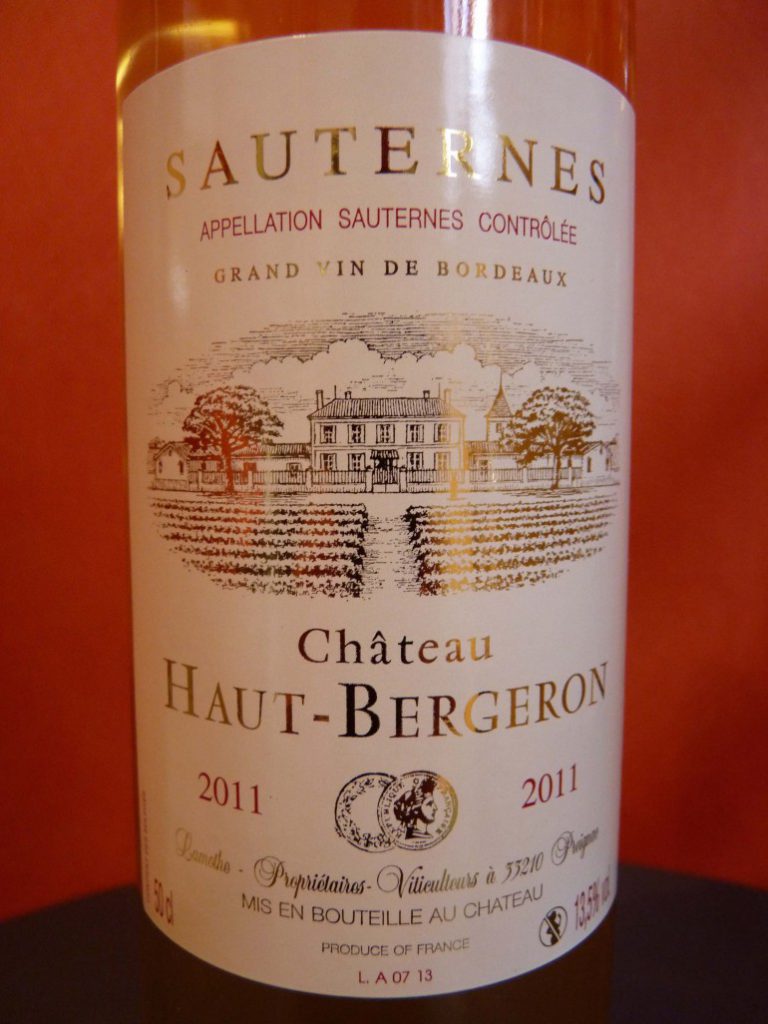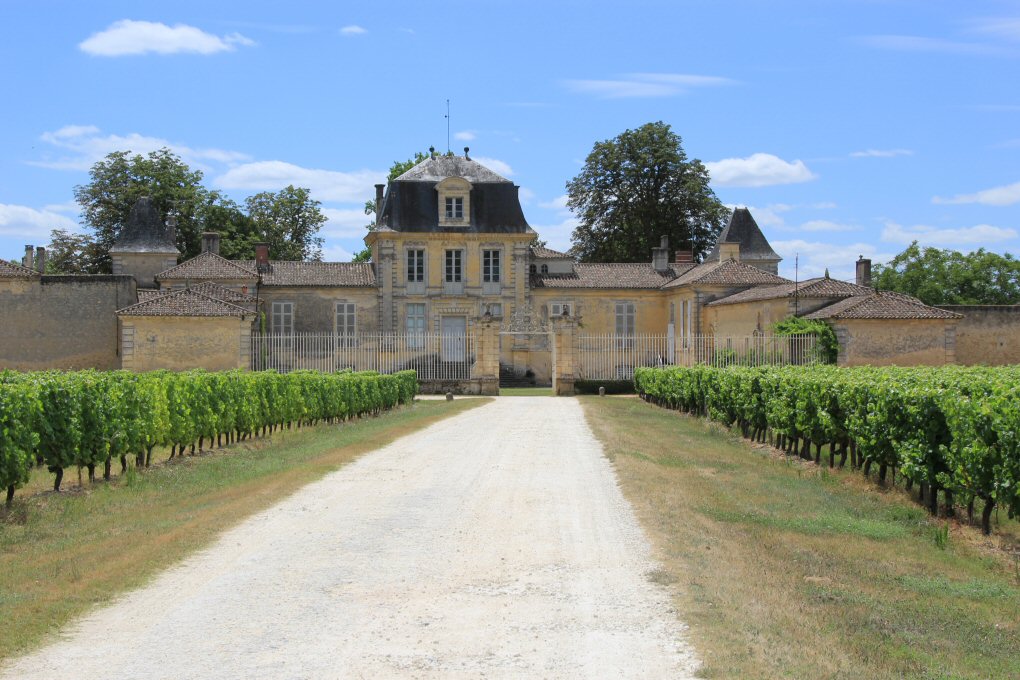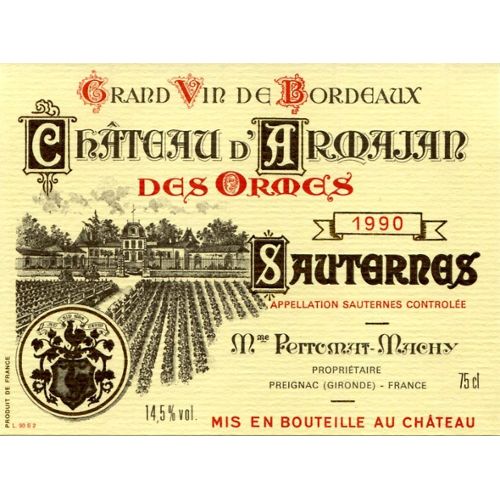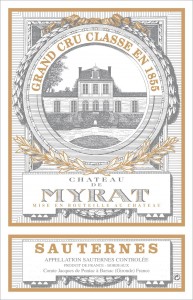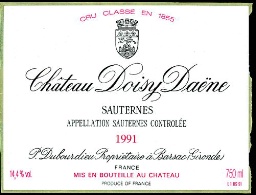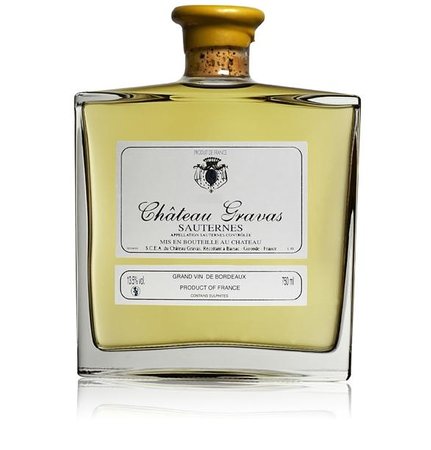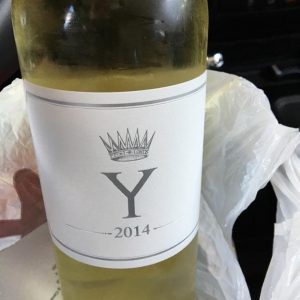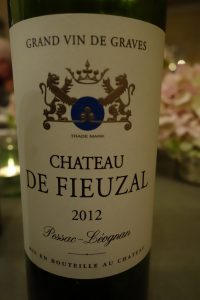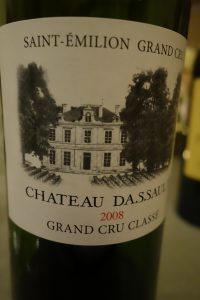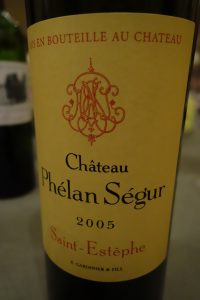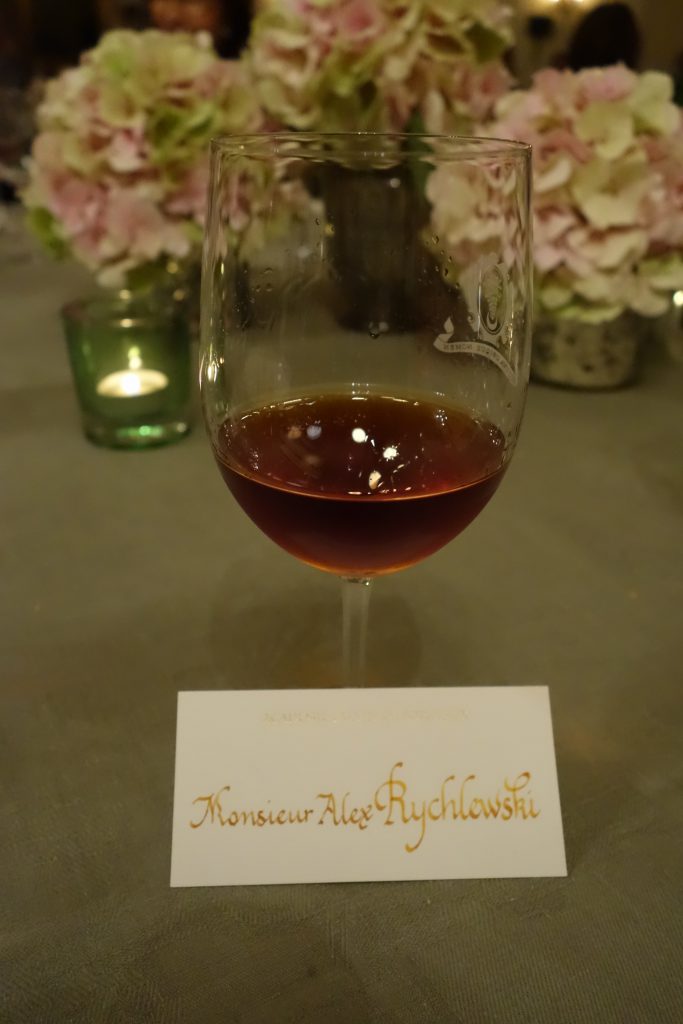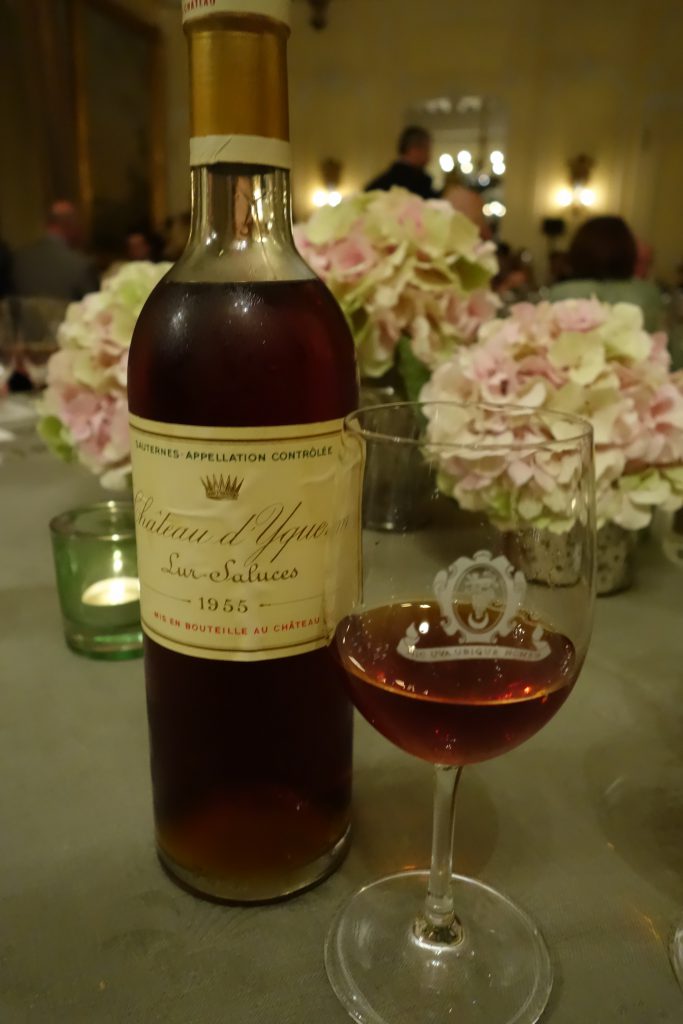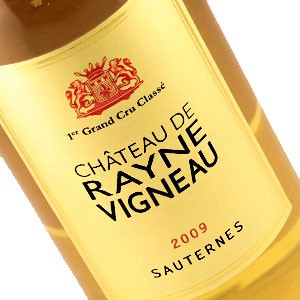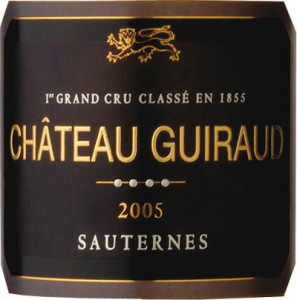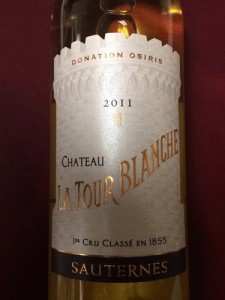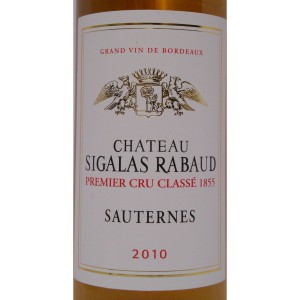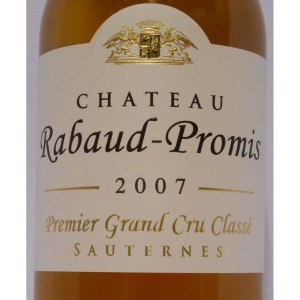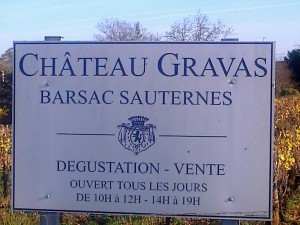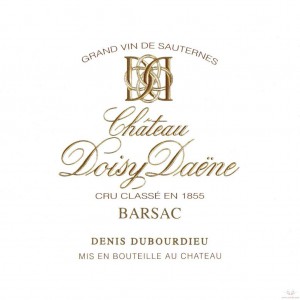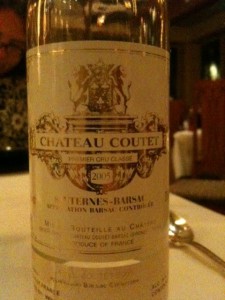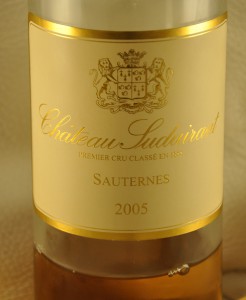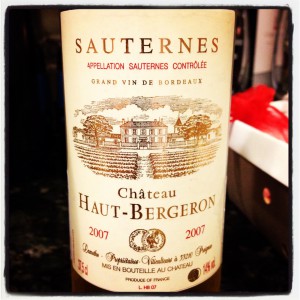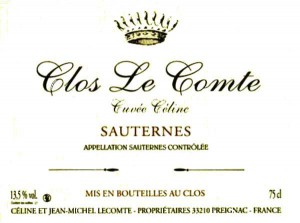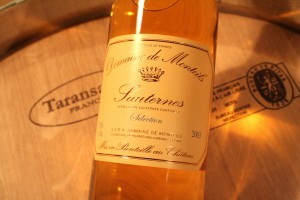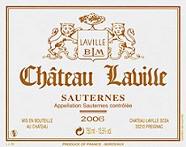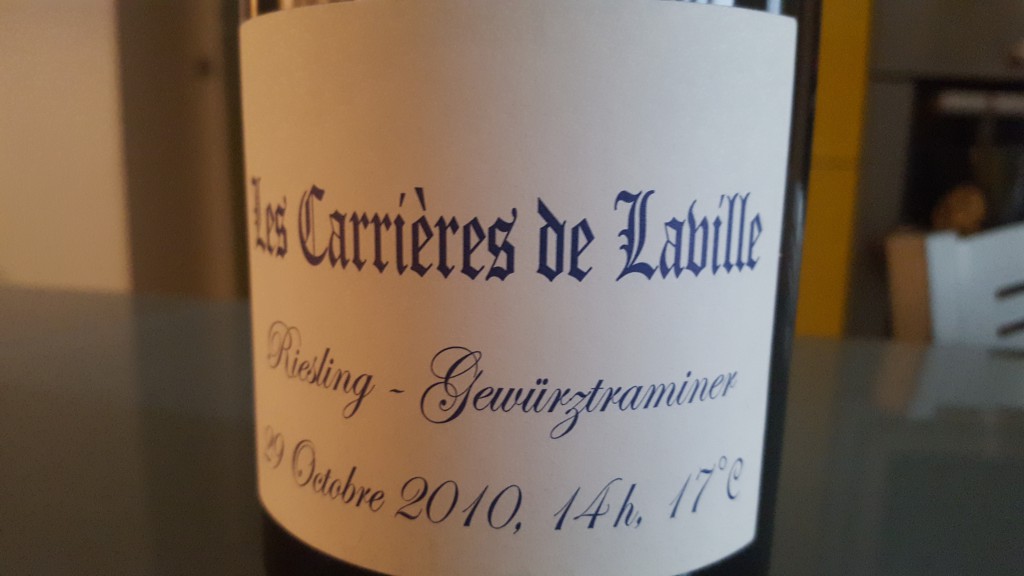Although I many not drink Sauternes every other day, I love the stuff. Sauternes makes a wonderful end to a meal and is unquestionably one of the world’s great wines. Served the French way, it is also splendid as an apéritif (mais oui!) and at table – although pairing Sauternes with food is a major challenge in promoting this fine wine.
Sauternes has unfortunately lost traction over the past few years. The value of vineyard land has stagnated, sweet wines have lost their allure in many quarters, and the younger generation seems not to know the wine. In addition, the classified growths (accounting for a whopping one third of the appellation’s total production) gain little in value over time, so there are some great bargains to be had.
That having been said, things are looking up. Some major investments have been made in recent years. The dry white wine of Clos des Lunes has been a huge commercial success and there is a push to create a new appellation for dry Sauternes. Furthermore, Château Guiraud and Château Lafaurie-Peyraguey have opened restaurants and much hope is placed in developing wine tourism.
It can also be said that many producers are now seeking to make slightly less sweet and full-bodied wines, but still retain the unique character of their terroirs, to attract new consumers.
As a Sauternes lover, I have often taken advantage of the region’s Portes Ouvertes (Open Days) operation to visit the many estates that welcome the general public. I therefore headed out with my friends Mark and Lynn Gowdy to go château visiting on the 9th of November.
I delight in the fast pace, racing around from one vineyard to the next.
We started off with Château Filhot, with its the magnificent stately home. We were welcomed by jovial young Count Gabriel de Vaucelles and tasted two of his wines.
The 2017 Zest – a new wave Sauternes made to be less heavy, more lively, and appeal to younger drinkers thanks to modern packaging – had only been bottled a month, but was showing quite well, with good acidity and uncomplicated forthright fruitiness. As to be expected, the 2015 grand vin was in a more classic mold with a complex bouquet and luscious pure fruit flavors. It was totally in keeping with Filhot’s great growth status, and quite enjoyable young.
-
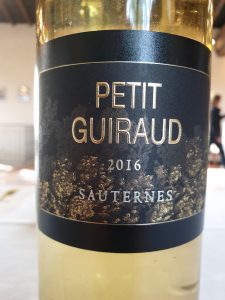
-
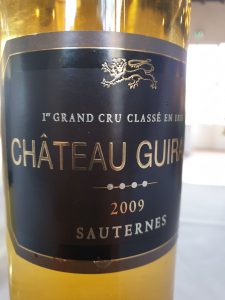
We went from there to Château Guiraud, one of the first classified growths in Bordeaux to farm their grapes organically. I would like to be more flattering about this Premier Cru Classé, but the wines I tasted were somewhat of a let-down, which confirms my impression that Guiraud can be either very, very good or else rather pedestrian. The 2016 second wine, Le Petit Guiraud, was unfortunately weak and lily-livered. The 2009 grand vin was fortunately better, with a raisiny, white fruit, and peach bouquet. It was lively on the palate, and I could see this as a wine to serve at table, even though it was somewhat lacking in personality. I haven’t written Guiraud off by any means and I must come back to the wines in other vintages to give them a fair shake.
-
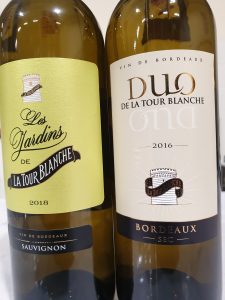
-
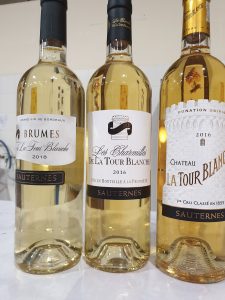
Château La Tour Blanche, in nearby Bommes, is owned by the French state and houses a viticultural school, so the students are greatly involved in producing the wine. I’ve long been a fan of La Tour Blanche and we tasted through their entire range. The 2018 Les Jardins de La Tour Blanche is a dry wine made from 100% Sauvignon Blanc. It unsurprisingly featured marked varietal aromas and was rather short and angular on the palate. The 2016 Duo, also dry, was a different kettle of fish with decent fruit and oak on the nose. It may have lacked some richness, but was definitely a well-made wine.
Then it was onto the stickies. For want of calling it a third wine, the 2018 Les Brumes can be considered a second second wine. The style was reminiscent of Filhot’s Zest: on the light side for easy drinking, and not pretending to be a big hitter. The “proper” second wine from the 2016 vintage, Les Charmilles, had some grassy aromas and was soft, quite sweet, and typical of its origin. A successful Sauternes. It was thus fascinating to taste the next wine, the grand vin, also from 2016. The color was a little darker here and the enticing bouquet showed nuances of gooseberry and burnt sugar. The wine melted in the mouth and had a good long aftertaste with some coconut overtones. It confirmed my opinion of La Tour Blanche’s stature.
-
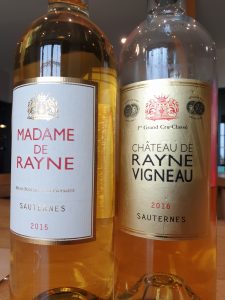
-
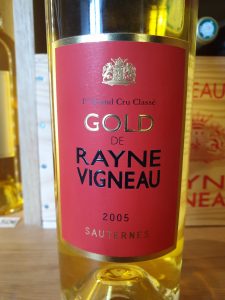
It is only a short distance from there to Rayne Vigneau. This château was bought by Franco-American businessman Derek Smith in late 2015. The new owner has great ambitions for an estate which is not generally considered one of the best first growths in Sauternes. We tasted the 2015 Madame de Rayne which was slightly on the heavy side, especially for a second wine. It had a rich, honeyed flavor profile, but lacked freshness and acidity. The 2016 grand vin tasted quite young and had vanilla aromas due to barrel ageing. The wine was not especially long and needs to be re-evaluated in a few years. Rayne Vigneau also market a prestige cuvée called Gold that sells for several times the price of the grand vin. It was not offered for tasting, but I would definitely be intrigued to sample it. Furthermore, the château sells Audace, a Sauternes made without sulphur, which I would have thought very difficult to do in this day and age. My friend Lynn bought a bottle and I hope to sample it with her.
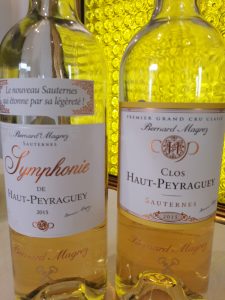
The next stop was Clos Haut Peyraguey, a first growth acquired by Bernard
Magrez in 2012. One of Bordeaux’s leading personalities, Magrez is still going strong at age 83. He is lucky to possess great growths in each region that has a classification: Médoc, Saint-Emilion, Pessac-Léognan and, of course, Sauternes. I have long been a fan of Clos Haut Peyraguey, but less so in recent years. We tasted two wines. The 2015 Symphonie was, I’m sad to say, only the shadow of what a Sauternes should be, light and characterless, perhaps good as an aperitif. The 2015 grand vin had a pure, subtle bouquet, but was not as expressive as I would have hoped. The lack of oomph came through on the palate too, although the overall impression was improved by the aftertaste.
-
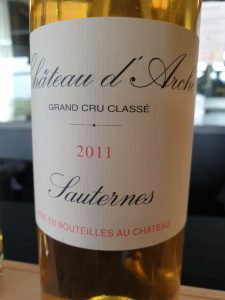
The following visit was to Château d’Arche, where things have been happening lately. They have opened a hotel in the château and built a very New World type of cellar, both in terms of architecture, interior design, and winemaking facilities. Clearly, they believe in the future of wine tourism in Sauternes! I have long enjoyed bottles of Château d’Arche, considering it a reasonably-priced, foursquare, reliable sort of wine. The two wines we tasted confirmed that opinion. The 2016 Prieuré d’Arche may have been showing some sulphur and was perhaps not at its best, but the 2011 grand vin was a joy, with an interesting bouquet (a little green, but in a good way, with spearmint overtones) and great presence on the palate, with a long aftertaste of tropical fruit, especially pineapple.
We ate lunch at l’Auberge des Vignes in Sauternes. This small restaurant was completely full and service was friendly, but slow. We nevertheless enjoyed some very good food. I ordered an entrecôte steak grilled over a whole vine trunk (rather than vine cuttings), my friends had two different dishes in a sauce they said were excellent, and we shared a dish of cèpes that was utterly delicious. This is my go-to place to eat in Sauternes. The other restaurant in this tiny town, Le Saprien, also upholds the reputation of fine French cuisine.
Our next stop was first growth Château Lafaurie Peyraguey, acquired five years ago by Swiss businessman Silvio Denz, owner of Faugères and Cap de Faugères (respectively in Saint-Emilion and the Côtes de Castillon). Dating back to the 13th century (!), The impressive château houses the cellar, a new gourmet restaurant (where I intend to go soon), and a boutique selling wine – and crystal gifts. That is because Mr. Denz also owns the Lalique, the famous French firm known for producing glass art. It is therefore not surprising that the restaurant is also called Lalique. Back to wine, we sampled three different ones. 2015 La Chappelle had a light, lively, fruit salad nose. It was vivacious and very satisfying on the palate. People often snub second wines and, while one needs to pick and choose, I often stress that some are really worthwhile. La Chapelle definitely comes into this category. It is not at all second-rate! We went on to taste two vintages of the grand vin. The 2015 had a very interesting, subtle bouquet with hints of lime, talc, and spice among other fragrances. There was great balance on the palate with a lovely long finish, what the French call “retro-nasal”. This is clearly an up-and-coming wine in the firmament of Sauternes. The 1999, made by the previous owners, was definitely showing its age with a bronze color. The nose displayed good botrytized fruit and burnt sugar aromas, but was well into the tertiary stage. The slightly oxidized qualities continued onto the palate, which went into a long aftertaste. There is no reason to age this wine any further.
-
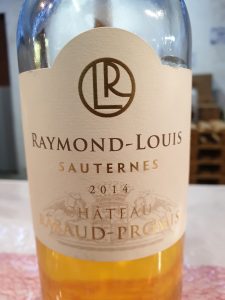
-
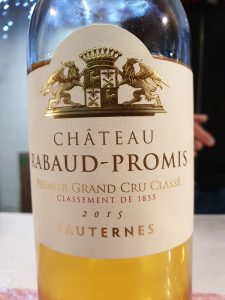
Château Rabaud Promis, another first growth in Bommes, does a roaring business during the Portes Ouvertes. There are always plenty of people and they move a lot of wine. This is unquestionably good, if not stellar, and the price is right. Imagine a bottle of first growth Sauternes from a very good year (2015) at 27 euros a bottle!
The château provided a venue for people selling cheeses, pâtés, and other hot foods which unfortunately emitted odors that made tasting conditions less than ideal… We started with the second wine, the 2014 Raymond Louis. It must be said that this was rather disappointing, with a subdued nose and marked tartness on the palate. On the other hand, the 2015 grand vin was in another league, with surprising minerality and without the top-heaviness I usually associate with this estate. This was one of the better wines we tasted on our excursion.
-
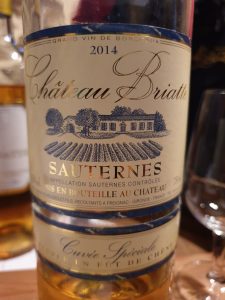
-
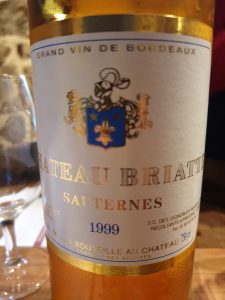
The next estate was very much a change of pace. Château Briatte in Preignac is an 18-hectare estate that is the Sauternes equivalent of a cru bourgeois. This is a real salt-of-the-earth kind of place and the prices were among the least expensive we encountered. Imagine a genuine, perfectly acceptable Sauternes at 12 euros a bottle! Much of the production is sold in bulk to négociants, but about a third is château-bottled. We tasted the 2013, which saw no oak. This was on the weak side and a little sharp, pure but weak. The 2014 cuvée special, was perhaps more reminiscent of a moelleux (semi-sweet) wine from the right bank of the Garonne, but had notes of quince and crème brûlée. Good value for money. The 1999 (aged in vat) featured honeyed overtones and a nice aftertaste. Not a great deal of depth, but honest and enjoyable.
-
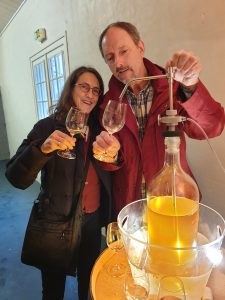
-
Lynn and Mark taste the 2018
-
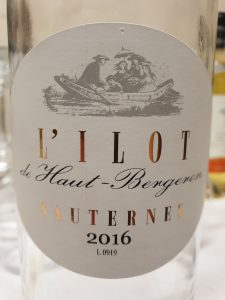
-
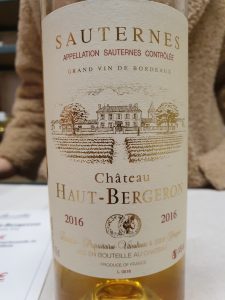
-
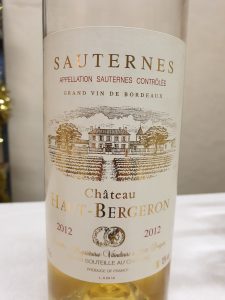
I have long been a fan of Château Haut Bergeron in Preignac, but this time around I was struck by the wines marked sweetness and heavy body. One might say an old-fashioned sort of wine. We started off with the 2018 (not bottled yet), which was tremendously sweet with promising tropical fruit nuances and some acidity to back-up the sugar. The following wine, 2016 Îlot, is made from a 4-hectare plot on the peninsula (rather than an island), where the two branches of the Ciron River meet. There was a certain weightiness on the palate, but backed up by fresh acidity – a more “digestible” wine than its older brother. 2016 Haut Bergeron was big, very full-bodied, and quite sweet. The 2012 was just starting to show its age. It was quite rich, with a silky texture and considerable concentration. This is definitely a dessert wine, or for people with a sweet tooth. In my opinion, it is best enjoyed on its own, rather than at table. I believe that it is preferable to drink Haut Bergeron on the young side to take advantage of its exuberant fruitiness.
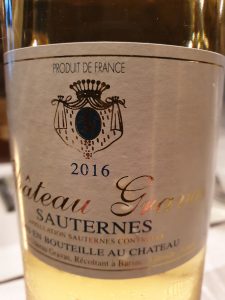
We crossed the border into Barsac to visit Château Gravas. My friends Florence and Michel Bernard were there to greet us. We tried just one wine, the 2016. This had an intriguing bouquet of honey, incense, and a slight greenness. As befits a Barsac, the structure was less rich, and more mineral. There was good acidity to back up the sweetness. Michel described this as a very “Anglo-Saxon vintage”. I’m not exactly sure what he meant by that because I didn’t have an opportunity to ask him, but let us say that the style was the opposite of Haut Bergeron we had just visited. This really drives home the point that there are different types of Sauternes for different occasions.
-
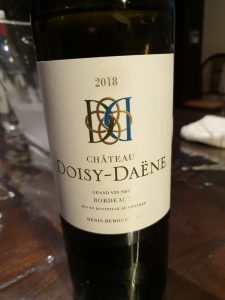
-
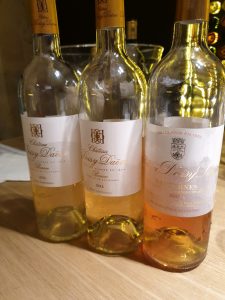
Our twelfth and final visit of the day was to Château Doisy-Daënes where we met Jean-Jacques and Fabrice Dubourdieu, the sons of the late Denis Dubourdieu, Dean of Bordeaux University’s Institute of Vine and Wine Science and famous consultant at many prestigious châteaux. The first wine we tried was a 2010 Château Haura, from the tiny Cérons appellation. Wedged between the Graves and Sauternes, Cérons tends to make wines even less sweet and lighter in body than Barsac. However, the two appellations are more like brothers than first cousins in great vintages. This was the case in 2010 and Haura is a delightful wine that was a steal at 12 euros a bottle. I bought 6 of them. Château Chantegril is the “other” Dubourdieu estate in Barsac that is frequently overlooked due to cru classé Doisy-Daëne’s international reputation. Its price reflects this. 2015 Chantegril is nevertheless quite a serious wine, not heavy in any way and easy to drink.
Three vintages of Doisy-Daënes followed. The 2016 had an engaging subtle nose with hints of vanilla and the wine was very elegant and poised on the palate, with a long, mineral aftertaste. This would shine with food. The 2014 was quite pale in color with an understated bouquet. Although there was good acidity to balance the sweetness, this was good rather than great. The 2003 was typical of its vintage, a little overblown with perhaps too much sweetness for its make-up, but showing good botrytis and a smidgen of oxidation.
We finished with a taste of dry white Doisy-Daënes from the 2018 vintage. This 100% Sauvignon Blanc seemed a bit tart, one-dimensional, and with too much varietal character at the expense of everything else, but it was probably unfair to sample it after the sweet wines…
And thus ended our very action-packed day out in Sauternes.

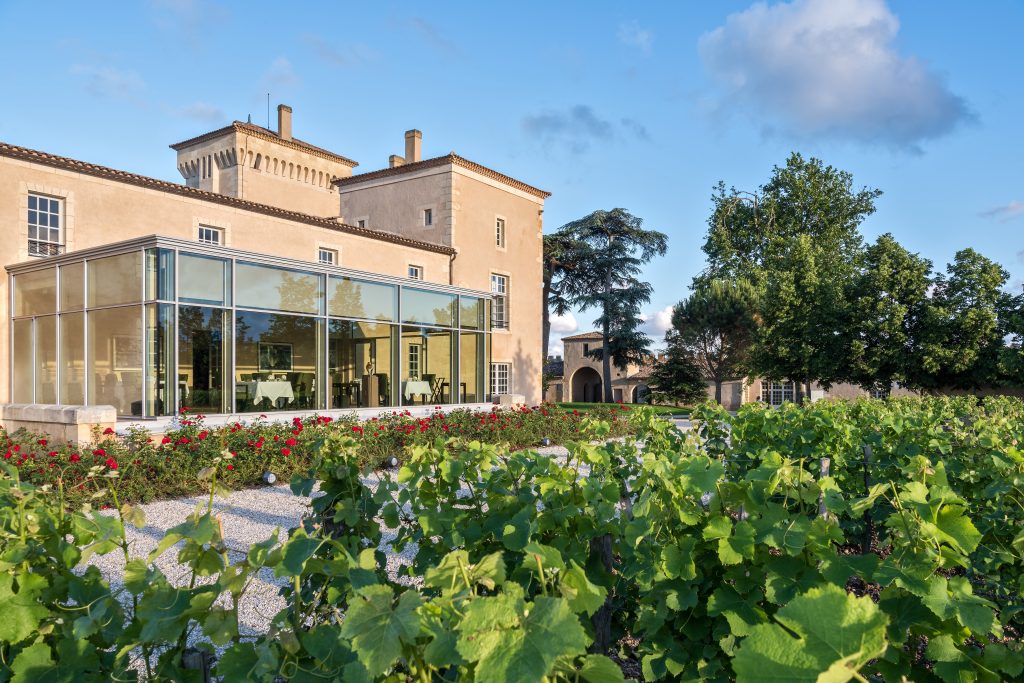
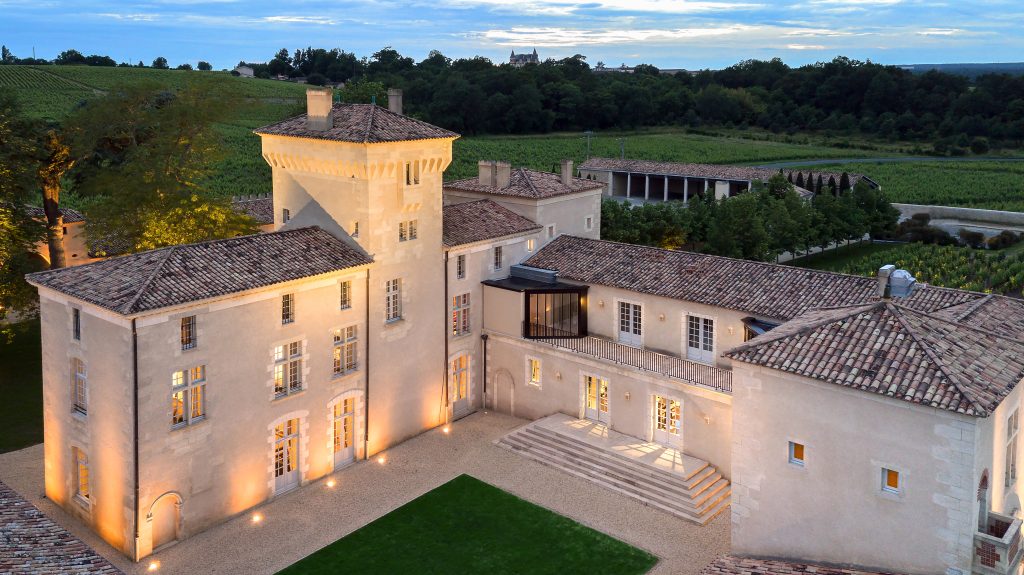
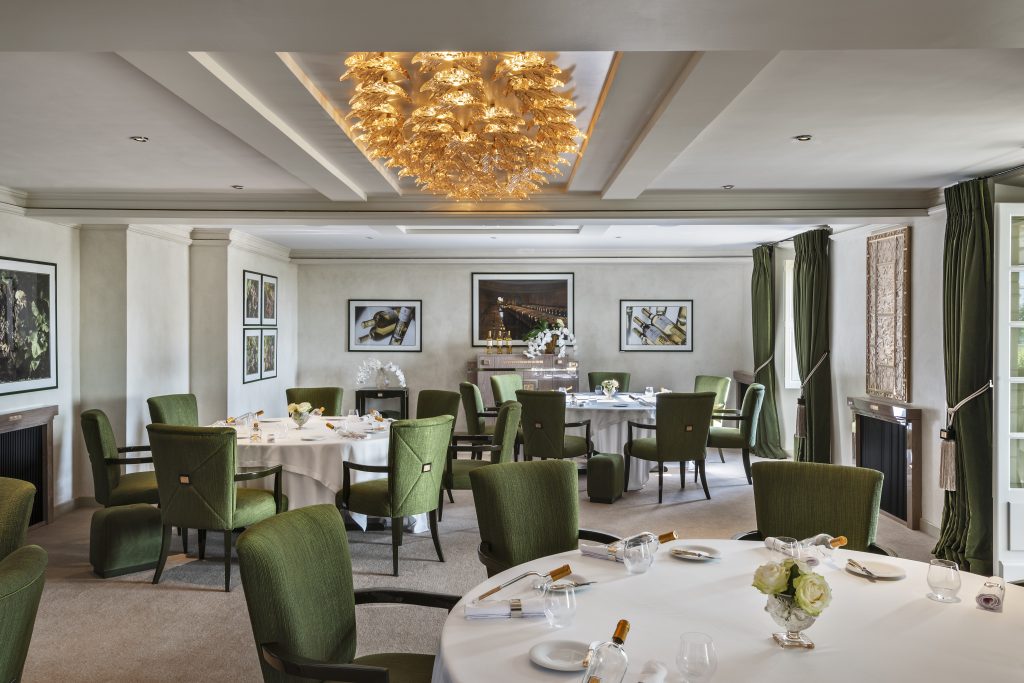
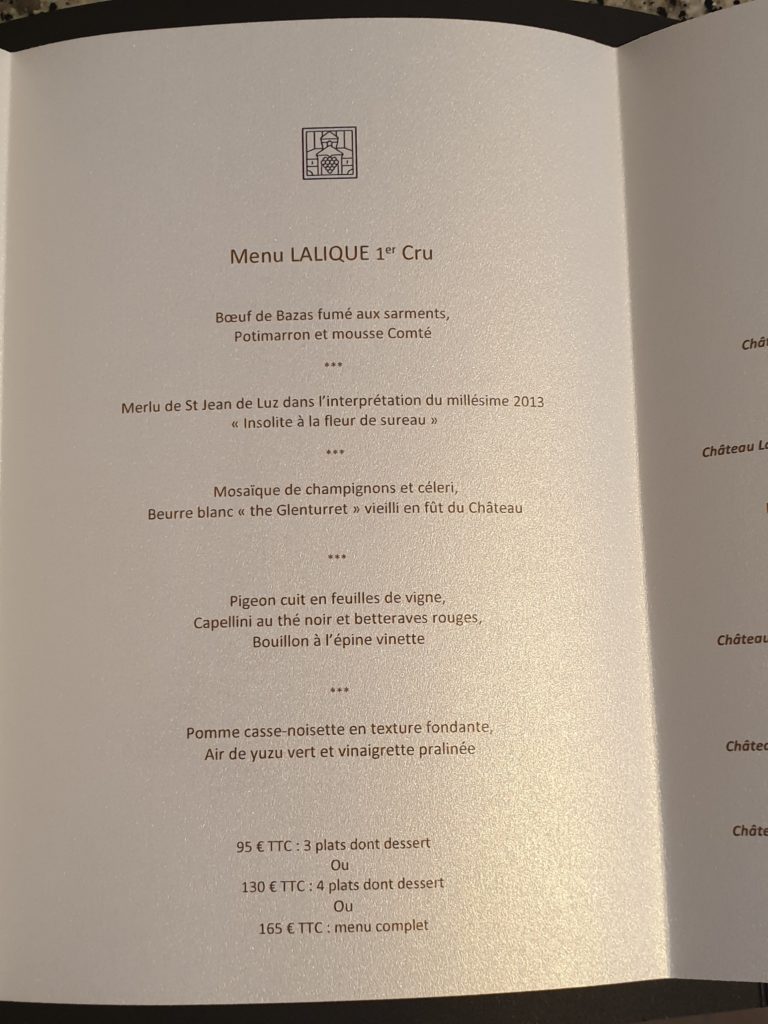
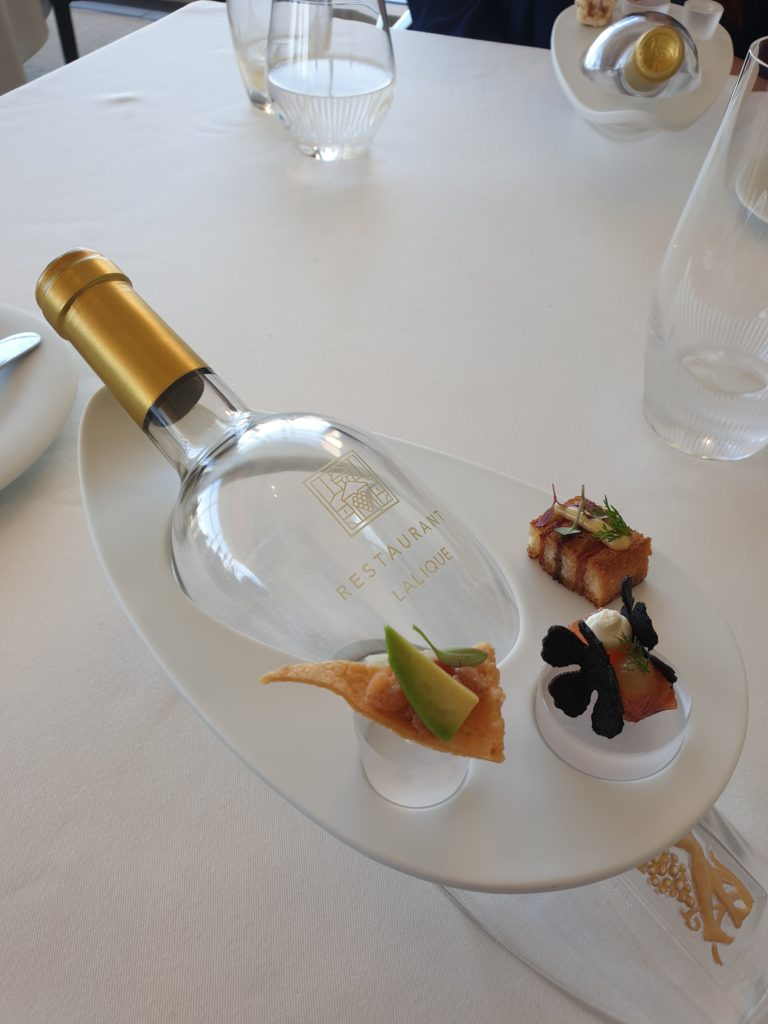
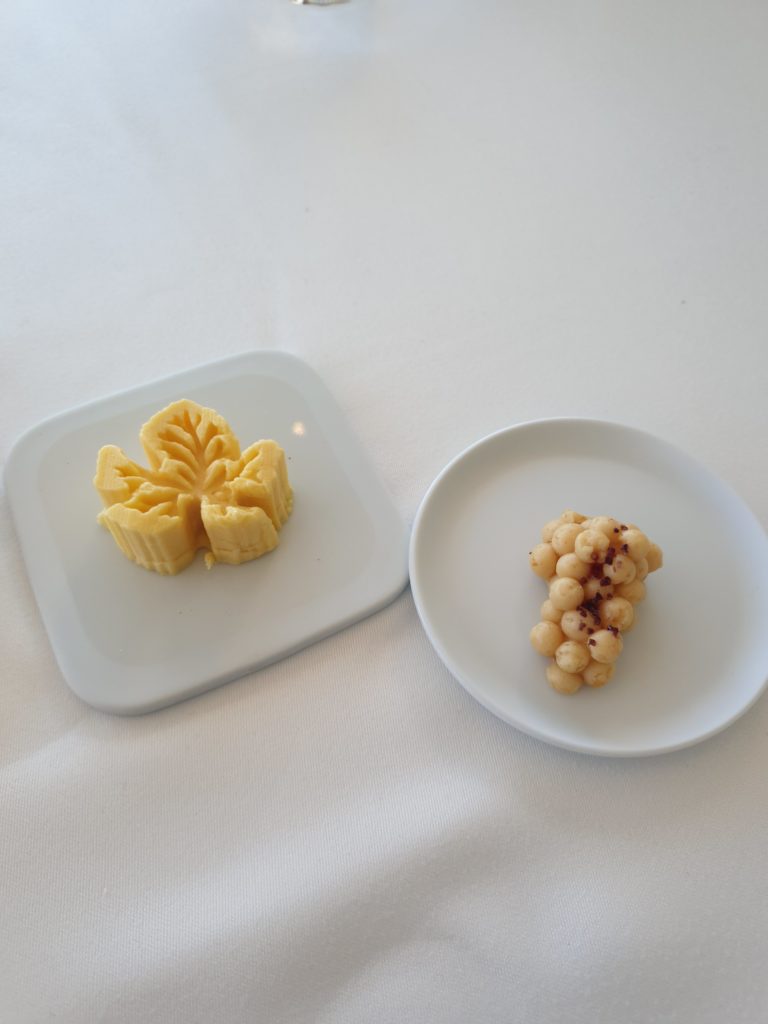
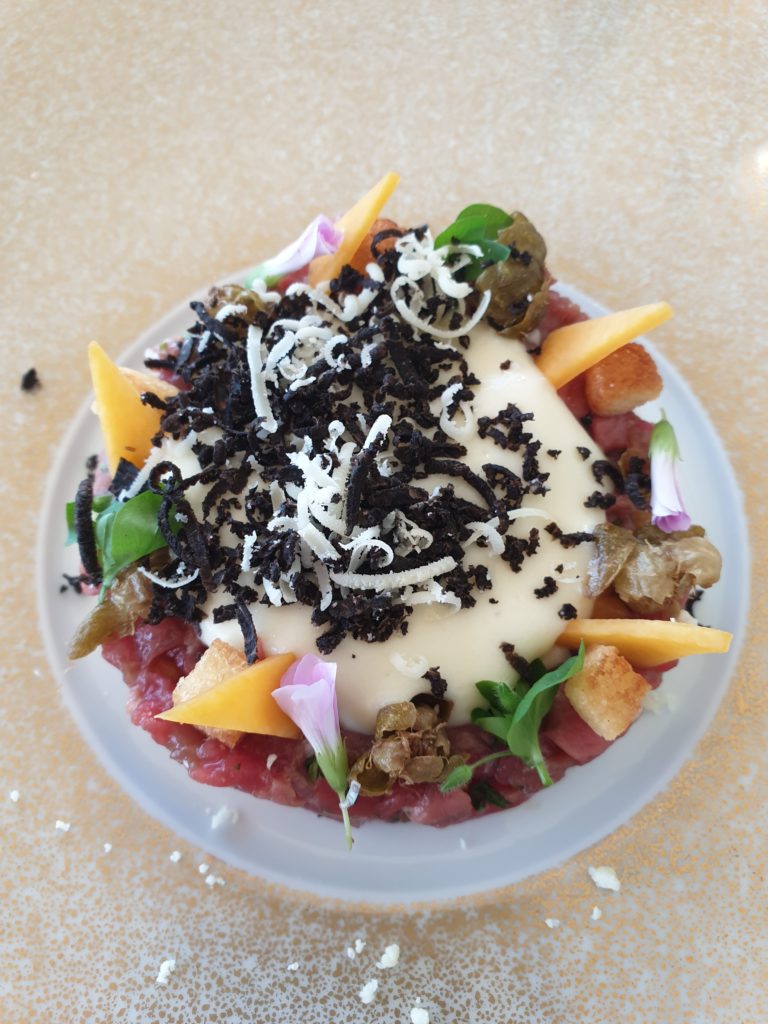
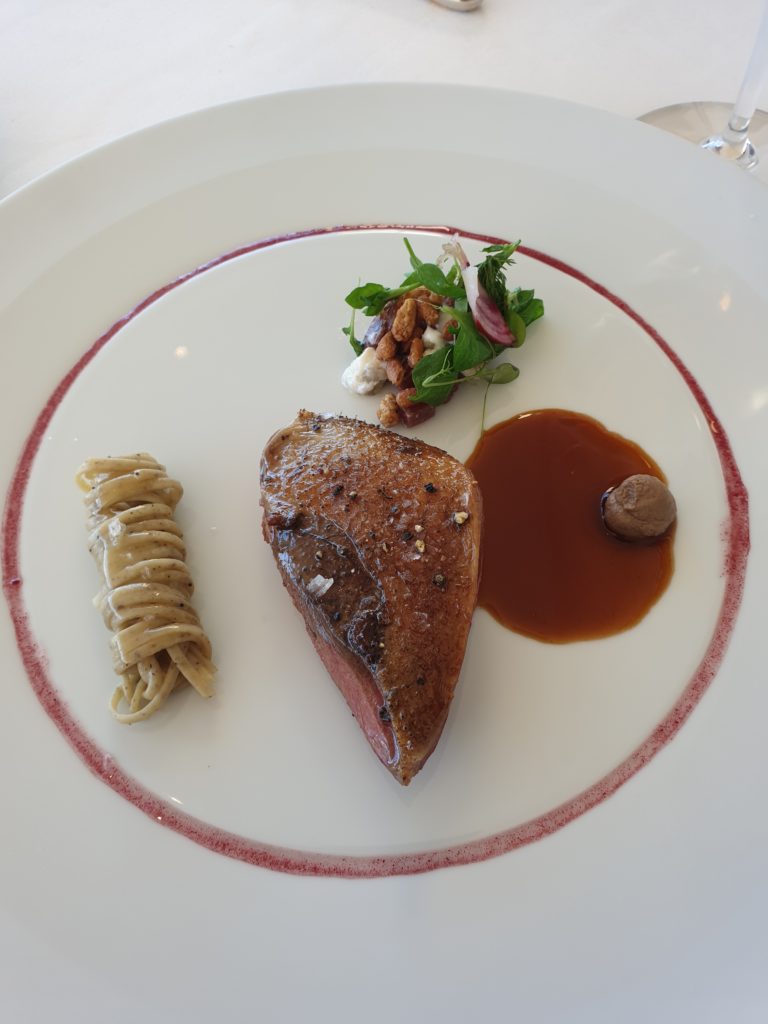
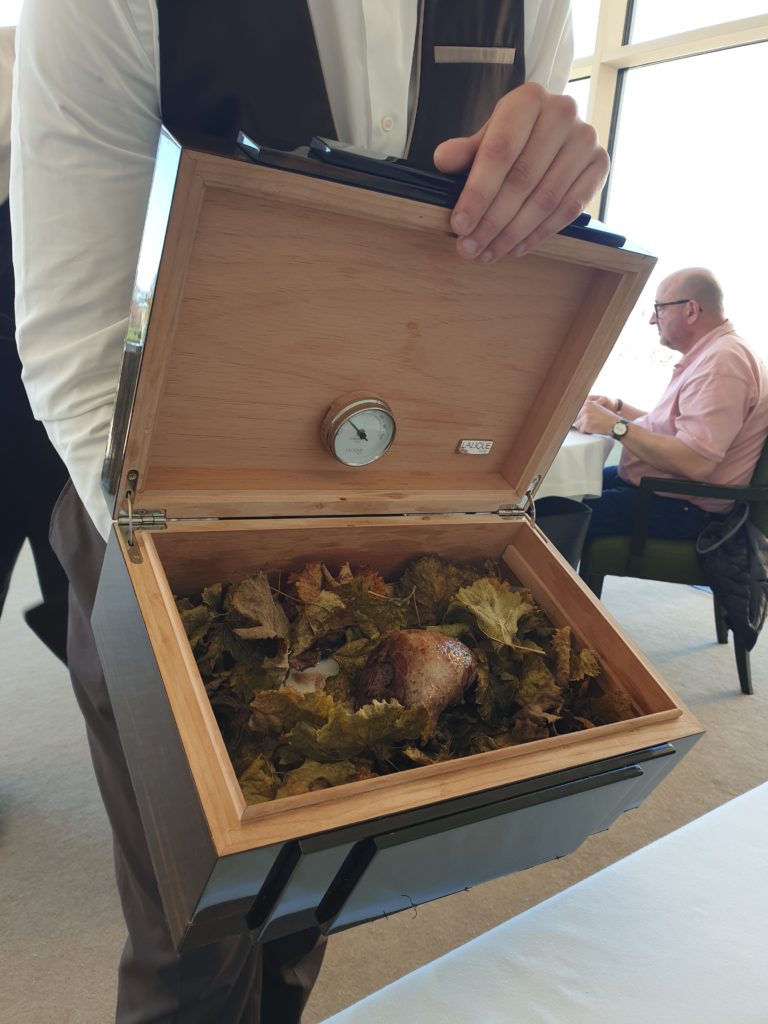
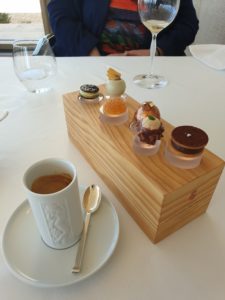
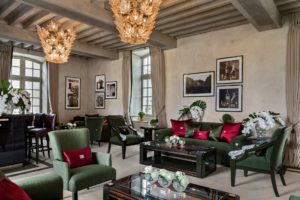
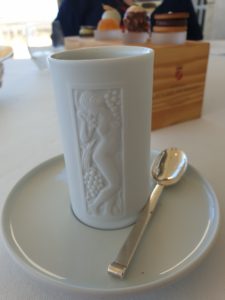
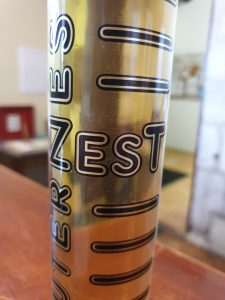
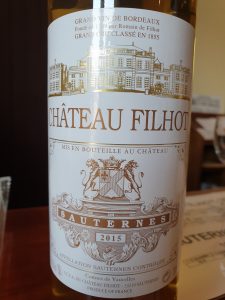








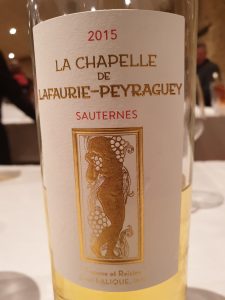
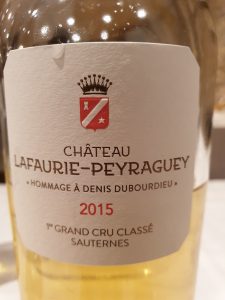
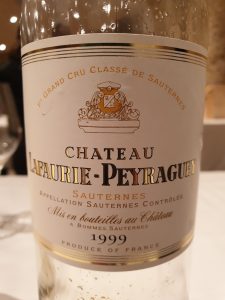











![20170217_165129_001[1]](http://www.bordeauxwineblog.com/wp-content/uploads/2017/02/20170217_165129_0011-e1487347617798-576x1024.jpg)
![images[8]](http://www.bordeauxwineblog.com/wp-content/uploads/2017/02/images8.jpg)
